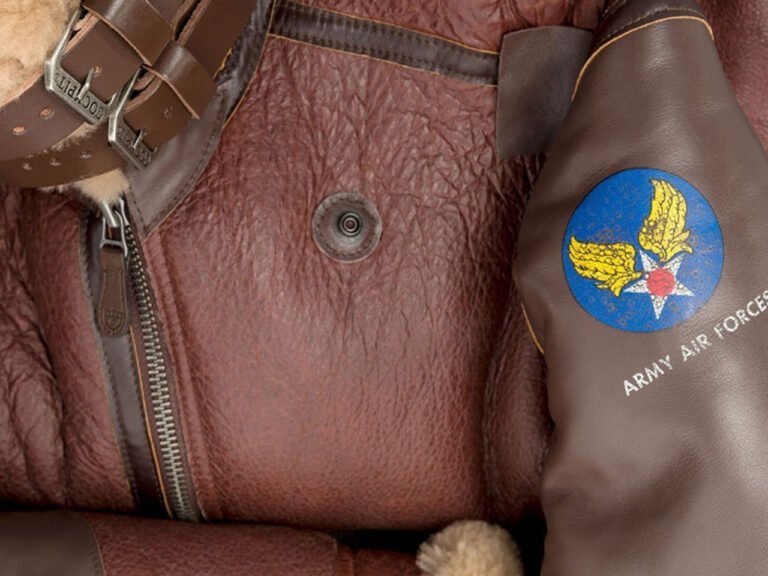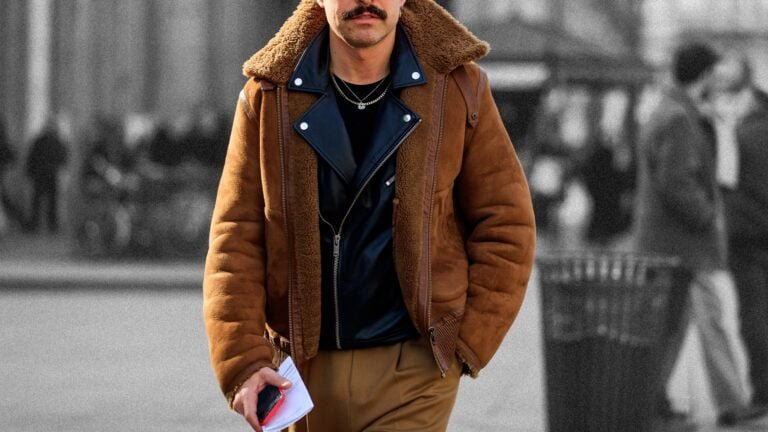How Warm Are Shearling Jackets?
Shearling is a unique material that combines the best properties of wool and leather, making it highly sought after for outerwear. The process begins with shearing the sheep, a task that provides the raw material for the jackets. This dual-layer construction is what sets shearling apart from other materials.
The creation of a shearling jacket involves several meticulous steps. After the initial shearing, the wool undergoes a cleaning process to remove impurities. This process also helps to lock in the wool fibers, ensuring that they remain soft and insulating. The final product boasts a natural wool lining on the inside and a leather exterior, providing a combination of warmth and durability that is difficult to match.
The wool lining offers excellent insulation by trapping air, while the leather exterior acts as a windbreaker, preventing cold air from penetrating the jacket. This makes shearling jackets ideal for cold weather, offering both comfort and protection. Additionally, shearling is naturally moisture-wicking, helping to keep the wearer dry in various conditions.
There are different types of shearling, each with unique characteristics that affect the jacket’s warmth and comfort. Merino shearling, on the other hand, features finer, denser wool, offering excellent insulation while being lightweight. These variations allow consumers to choose a shearling jacket that best suits their needs, whether they prioritize warmth, comfort, or style.
Overall, the material and construction of shearling jackets make them an excellent choice for those seeking warmth and durability in their outerwear. Whether it’s a traditional shearling jacket, a faux shearling jacket, or a shearling leather jacket, each offers a unique combination of properties that cater to different preferences and requirements.
Comparing Shearling Jackets to Other Winter Outerwear
When considering winter outerwear, shearling jackets stand out due to their unique combination of insulating properties, breathability, and durability. Compared to down jackets, shearling jackets offer a natural insulation that excels in maintaining warmth. Down jackets, while lightweight and highly insulating, can lose their warmth when wet. Shearling, a natural insulator, retains heat even in damp conditions, making it a more reliable option in snowy or wet environments.
Synthetic insulated jackets provide an alternative with their moisture-resistant properties and affordability. However, they often fall short in breathability and moisture-wicking capabilities. Shearling, with its natural fibers, allows for better ventilation and effectively wicks away moisture, ensuring the wearer remains dry and comfortable. This breathability is particularly advantageous during physical activities in cold weather, where overheating and sweating can be issues.
Wool coats, another popular choice, offer excellent warmth and a classic style. Yet, they may not match the longevity and resilience of shearling jackets. Shearling leather jackets, known for their robust construction, can withstand harsh winter conditions, including extreme cold, wind, and snow. The leather exterior provides an additional layer of protection against wind and moisture, enhancing the jacket’s overall durability.
In terms of real-world performance, shearling jackets excel in various winter conditions. They provide consistent warmth in extreme cold while remaining comfortable during milder days. The versatility of shearling jackets makes them suitable for both casual and formal settings, offering a timeless style that complements different outfits. Faux shearling jackets, a popular alternative, mimic the look and feel of genuine shearling while being more affordable and animal-friendly.
Investing in a shearling jacket, whether genuine or faux, offers a blend of functionality and style. Their superior insulation, breathability, and durability make them a valuable addition to any winter wardrobe, ensuring comfort and warmth throughout the season.







